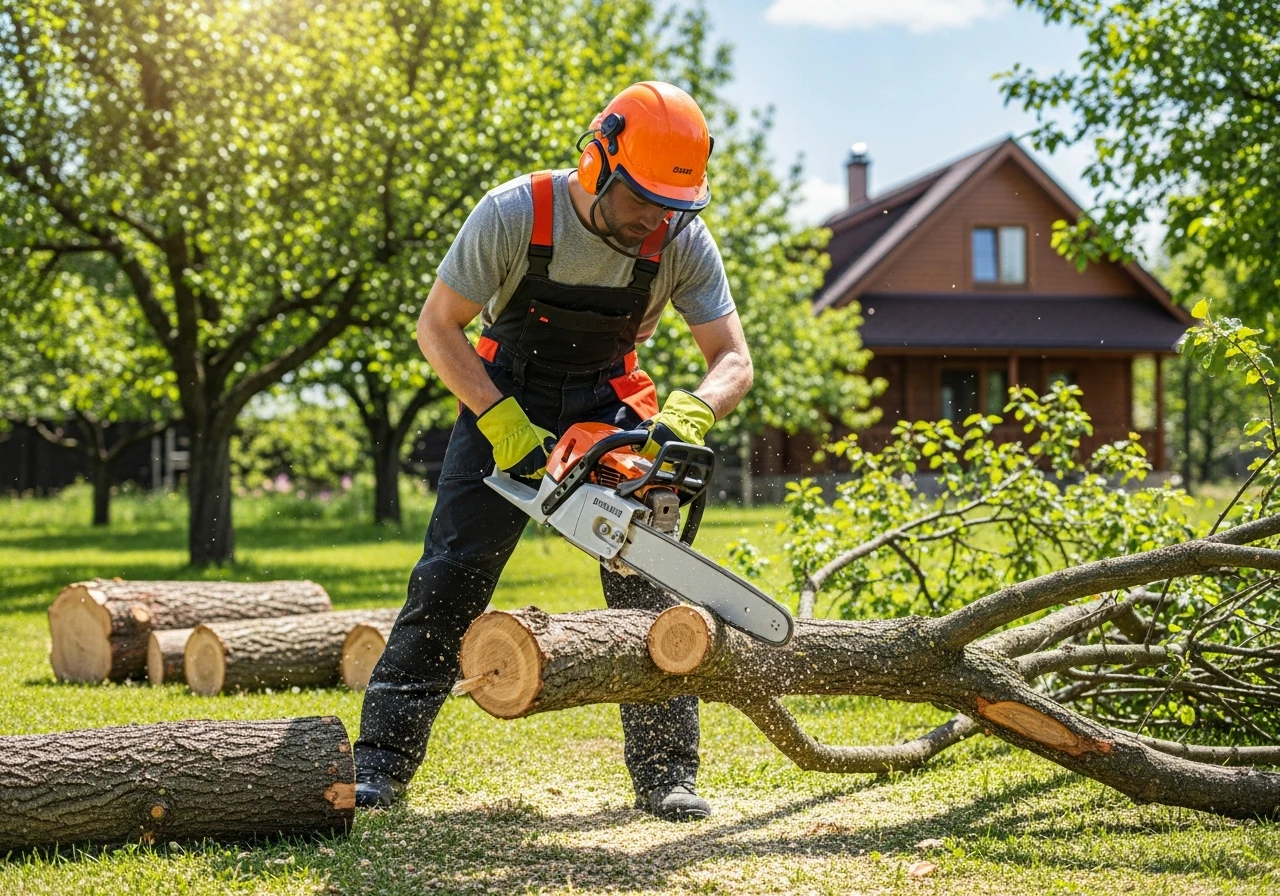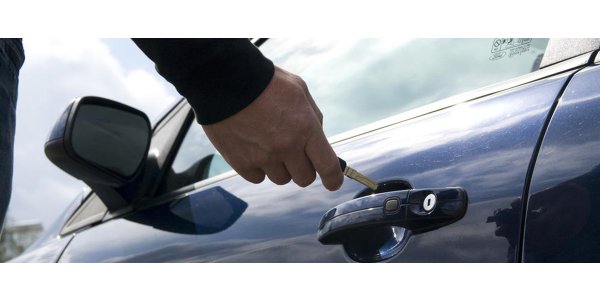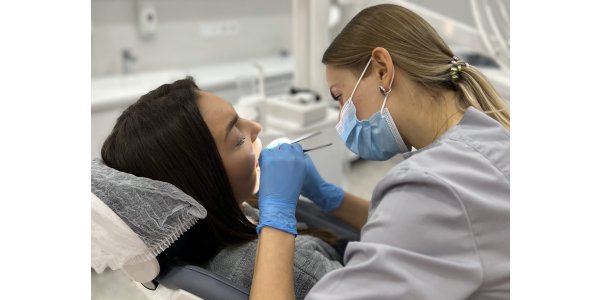Electric water heaters have become indispensable appliances in households and businesses around the world. They provide a convenient and efficient way to heat water for various purposes, from bathing and cleaning to cooking. In this article, we will delve into the working principle of electric water heaters, exploring the basic mechanics and electrical processes that enable them to function effectively. Additionally, we will mention how an electric water heater company and boiling water tap brands contribute to this sector.
The Core Components of Electric Water Heaters
Electric water heaters consist of several key components that work together to heat the water. The main parts include the tank, heating elements, thermostats, and a pressure relief valve. The tank is where the water is stored and heated, typically ranging from 20 to 80 gallons in capacity. The heating elements are responsible for converting electrical energy into heat, while the thermostats regulate the water temperature by switching the heating elements on and off. The pressure relief valve ensures safety by releasing excess pressure if the water temperature or pressure becomes too high.
How Electric Water Heaters Operate
The operation of an electric water heater is straightforward. When you turn on the hot water tap, cold water enters the tank through a dip tube. The lower thermostat senses the drop in temperature and activates the lower heating element. As the water at the bottom of the tank heats up, it rises to the top of the tank due to convection. Once the upper part of the water reaches the desired temperature, the upper thermostat turns off the lower heating element and activates the upper heating element to maintain the temperature. This process ensures a consistent supply of hot water.
Electrical Processes in Water Heating
Electric water heaters rely on electrical processes to convert electrical energy into heat. The heating elements in the water heater are resistive heating elements, meaning they resist the flow of electricity. As electricity flows through the heating elements, they heat up due to the resistance, subsequently warming the water surrounding them. The amount of heat produced is proportional to the power consumption of the heating elements, which is determined by their resistance and the voltage applied.
Maintaining and Optimizing Performance
To ensure the longevity and efficiency of your electric water heater, regular maintenance is crucial. This includes checking the anode rod, which helps prevent rusting inside the tank, and flushing the tank to remove sediment buildup. Additionally, insulating the tank and hot water pipes can enhance efficiency and reduce energy costs. It is advisable to seek professional assistance from a reputable electric water heating company for maintenance and repairs, as they have the expertise and tools necessary to handle these tasks.
Selecting the Right Electric Water Heater
When choosing an electric water heater, it’s important to consider factors such as size, energy efficiency, and brand reputation. Leading electric water heater companies and boiling water tap brands offer a wide range of products to cater to different needs and preferences. By conducting thorough research and consulting with professionals, you can find a model that best suits your requirements and ensures reliable performance.
Conclusion
In conclusion, understanding the working principle of electric water heaters is crucial for making informed decisions and ensuring optimal performance. The basic mechanics and electrical processes involved play a vital role in providing a consistent supply of hot water. Regular maintenance, coupled with choosing a reliable product from a reputable electric water heating company, will contribute to the longevity and efficiency of your appliance, ensuring a steady supply of hot water for all your needs.

 SEO as a Growth Engine: How Digital Visibility ...
SEO as a Growth Engine: How Digital Visibility ... Преимущества цветов мимозы
Преимущества цветов мимозы
 Бензопила: як обрати, використовувати та доглядати за інструментом?
Бензопила: як обрати, використовувати та доглядати за інструментом?
 Привітання з Днем народження українською: теплі слова для особливих людей
Привітання з Днем народження українською: теплі слова для особливих людей Переваги професійного автомобільного автослюсаря у роботі з ключами та замками
Переваги професійного автомобільного автослюсаря у роботі з ключами та замками Сучасна стоматологія та лікування зубів у місті Київ
Сучасна стоматологія та лікування зубів у місті Київ